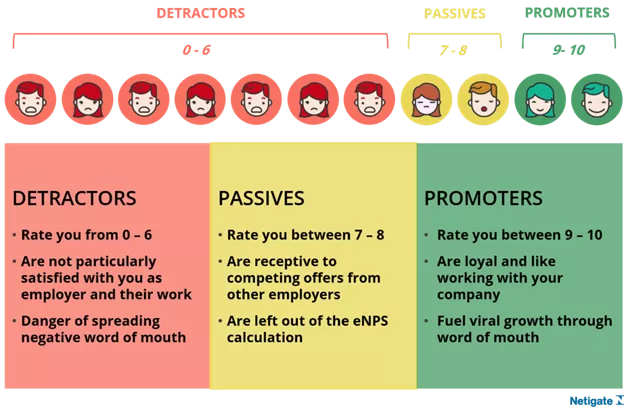
Employee Engagement 101: Benefits of an Engaged Workforce
12 March 2020
A quick assessment of your existing staff can say whether you employ an engaged workforce.
Are they motivated?
Are they effective and efficient?
Do they perform their tasks to the best of their abilities?
Do they understand their roles and deliver results?
If you answered no to these questions, it’s more likely that your company needs help with employee engagement. Having a happy workforce doesn’t always mean you have an engaged workforce.
So, how exactly does employee engagement benefit an organization? Let’s find out.
1. High Employee Productivity

Employee engagement pays off. In cash.
When employees are engaged, they work harder and improve their performance at work. They show up every day with passion and put in their best effort. It reflects on the quality of work they produce.
Employees who feel good about their jobs are more likely to deliver positive results for your customers—which leads us to benefit number two.
2. Great Customer Service

You’ve probably heard this a thousand times already, but we’re going to say it again, anyway.
When you treat your employees well, they reciprocate this by taking care of your customers.
Disengaged employees don’t feel a sense of responsibility to deliver results that create a positive impact on your company. They don’t have a problem doing the bare minimum (or even less than that); therefore, letting your customers down.
Several studies have found that customer satisfaction is often driven by employee behavior and attitude. So, if you want to keep your customers happy, you have to keep your employees happy, too.
3. Strong Sense of Loyalty
Another benefit of having an engaged workforce is having loyal employees.
You can measure how engaged and loyal your employees are through Employee Net Promoter Score (eNPS). Netigate explains how easy it is to know how willing your employees are to recommend their workplace to friends and acquaintance through this method.
eNPS = share “Promoter” (%) – share “Detractors” (%)

When your employees are happy, they don’t question why they stay with you and influence others (unconsciously or not) to leave. Instead, they act as ambassadors who put in a good word for you to their friends and family, even if you don’t ask them to.
4. Innovation

Highly engaged employees are innovative. Their sense of responsibility and genuine interest in their jobs empower them to ‘go above and beyond’ by thinking about ways to improve themselves as well as current company processes.
This leads to endless innovation in the workplace.
In fact, this is how the world’s tech giants—Apple and Google—stay at the forefront of their respective industries. To them, innovation flourishes when people are given autonomy and flexibility to do their jobs. And they listen. Their people are not afraid to speak up because they know that their ideas and opinions are valued.
Sounds like a happy workplace, huh?
5. High Retention Rate

Now more than ever, the war for talent is hard to win. Several studies have shown that employees today are looking for jobs with higher benefits and compensation, and are more confident they’ll find a new job quickly. That’s why organizations become more aggressive in the pursuit of hiring the best talent and making them stay.
According to the Society for Human Resource Management (SHRM), the cost of employee turnover amounts up to 9 months’ worth of an employee’s salary on average. This does not take into account lost productivity and time spent on recruitment and onboarding yet. While it’s natural for companies to lose talents, companies should still have employee engagement practices to reduce employee turnover.
This also allows your company to maintain a great culture. With long-tenured employees setting the ideal employee behavior, it becomes relatively easy to build a strong, healthy culture in the organization.





